We recently had a visitor from Asia who was trying to solve a problem with their cosmetic formulation. The investigator wished to have approximately 1 mm diameter pellets. The formulation presented was a tough, waxy material in irregular broken blocks that were up to about 10 mm in diameter and was unable to be spheronized into the required size or shape.
The multi-functional Caleva Multi Lab (CML) was used to try and find a solution to the problem.
What was the process?
The mixer granulator on the CML with standard high shear blades was able to break up the product into particle sizes that were manageable. This was not a foreseen use of the mixer/granulator on the CML, but in this case (with the rather soft waxy product) it was possible to use in this way.
A small sample of base material (20 g) was then extruded through a 1 mm die, which produced a smooth solid extrudate. The sample was added to the spheronizer, and although the material broke into small pieces approximately 1 to 3 mm in length, the formulation did not produce round pellets, despite spheronizing for several minutes.
One advantage of the CML is that multiple experiments can be run in a short space of time using only small amounts of product. This is due to the equipment being manageable, easy to use and quick to clean so that several iterations can take place and formulation testing can be done quickly. A series of trials were planned using minor formulation modifications to see if the desired result could be achieved.
Trial results
Image 1 below shows the results from one of the early trials. The material is breaking up and the edges are beginning to “round” into a “dumb-bell” shape. However, even with quite an aggressive spheronization stage, it was found that the modified formulation was not producing the desired result.
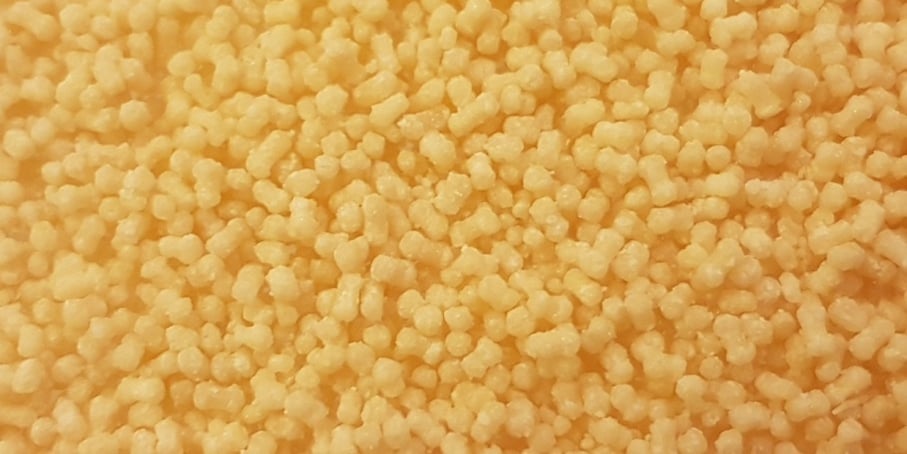
Further small changes were made and other trials were completed. Another example is shown in Image 2 below but again the result was not as required.
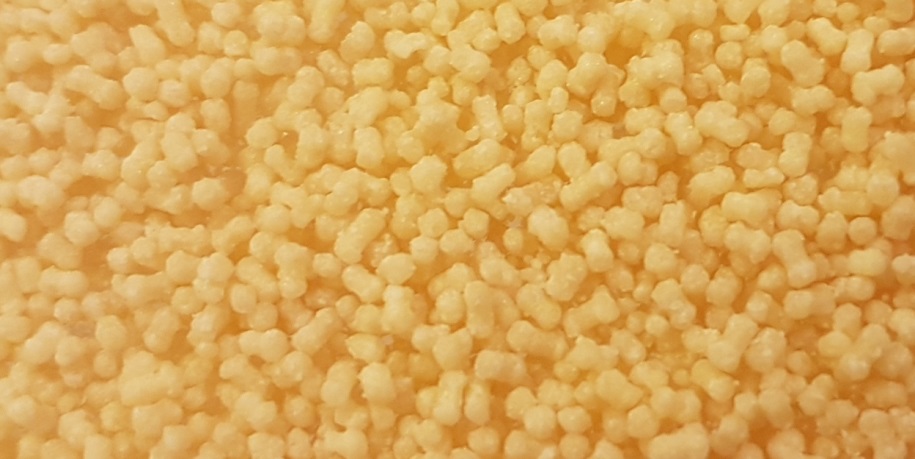
A series of trials were quickly completed with each one getting closer to producing the desired result. Image 3 below shows the pellets produced in the final trial after working through this development process.
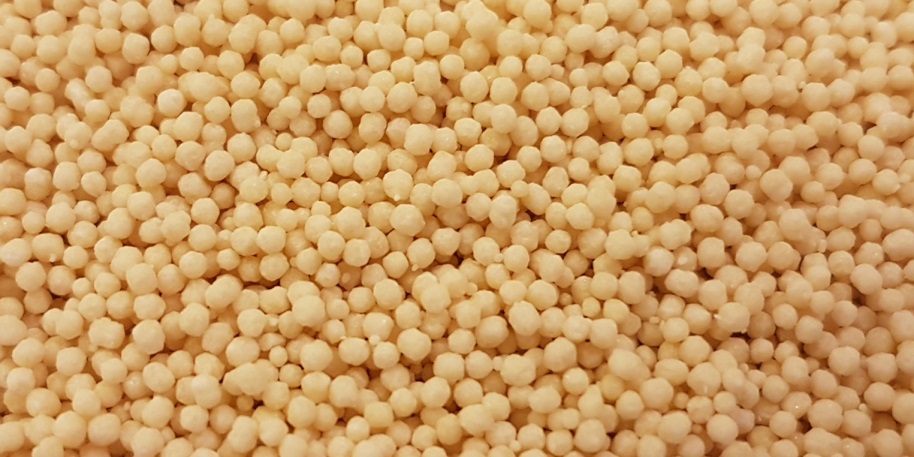
These cosmetic pellets from the final trial of the day are shown above. In less than a day, starting from a formulation that simply could not be spheronized, we were able to develop a formulation that showed lots of promise. This was a good achievement. With some additional work with the CML, “tweaking” this formulation and the extrusion and spheronization process should lead on to the result that is required.
Summary
This half day in the lab working with the Caleva Multi Lab (CML) is a great demonstration of:
- The flexibility of the CML to work in a wide range of industries
- The equipment's ability to perform multiple experiments in a short space of time.
The CML offers you a high chance of getting a positive result quickly, saving you time.
This researcher was able to visit our lab to develop their formulation with our equipment experts. We are passionate about providing solutions for people who are developing and innovating, so if you're in need of help in your development, you can contact us here
Note: For reasons of commercial confidentiality, the company identity and the product details are not given in this genuine case of Caleva support to the cosmetics industry.

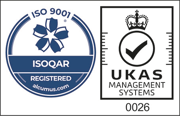
Leave A Comment